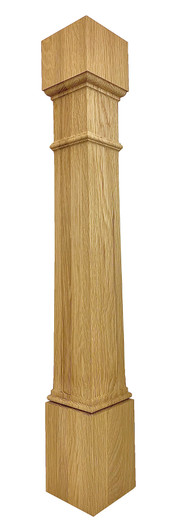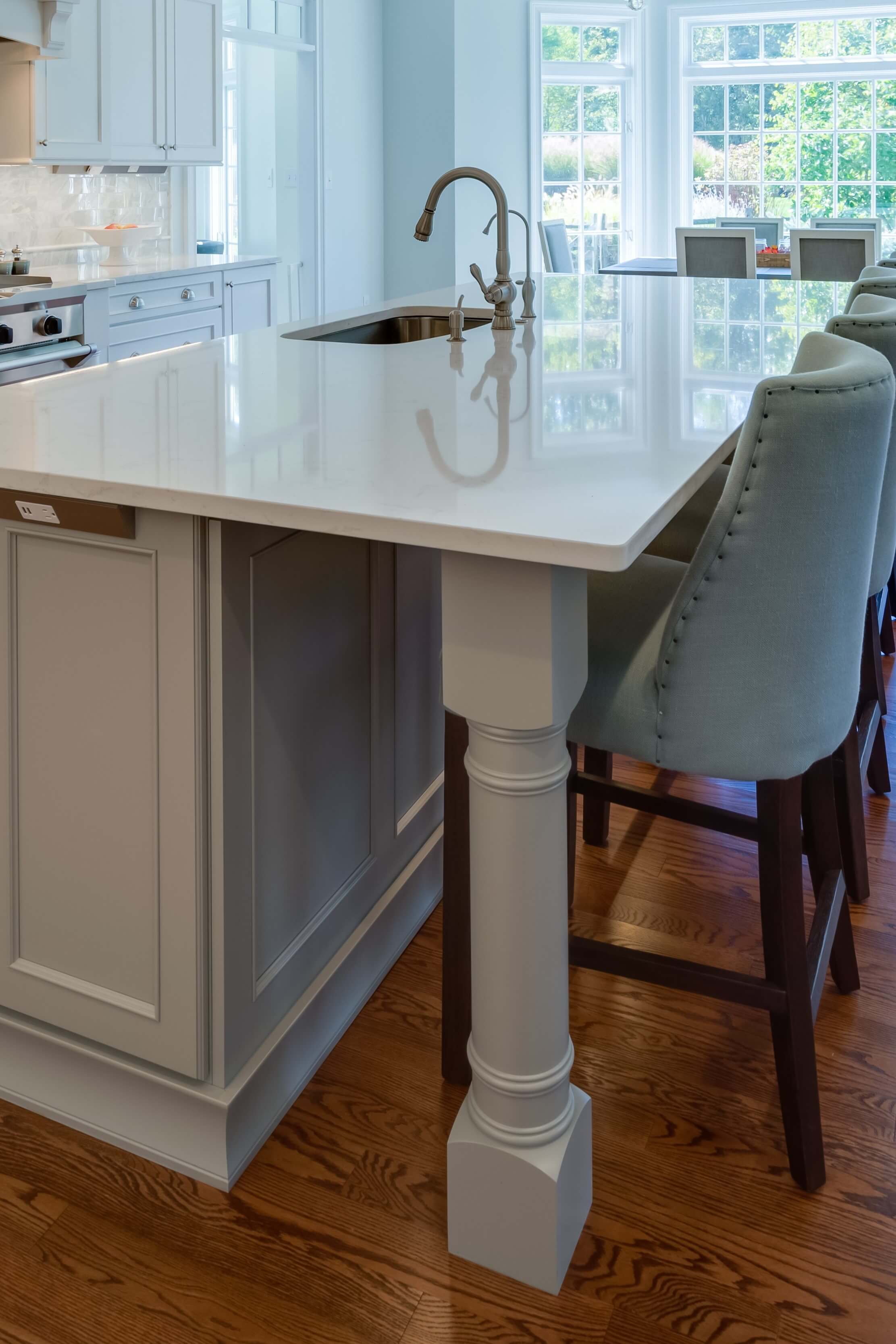How to Include a Kitchen Island Leg into Your Kitchen Remodel
How to Include a Kitchen Island Leg into Your Kitchen Remodel
Blog Article
The Significance of a Sturdy Kitchen Area Island Leg in Developing a Useful Food Preparation Area
A strong kitchen area island leg offers as a fundamental component in developing a useful food preparation setting, offering needed assistance for both the countertop and different kitchen area activities. As cooking areas evolve into multifunctional areas for cooking, dining, and interacting socially, the selection of materials and design considerations for island legs ends up being progressively essential.
Advantages of Sturdy Island Legs
Supplying important assistance, tough cooking area island legs play an essential role in improving the capability and longevity of kitchen islands - kitchen island leg. These legs not just birth the weight of the counter top and any added products placed on the island, but additionally add to the total security of the framework. A well-supported kitchen island makes sure that it stays upright and functional, also under hefty usage, which is specifically essential in active cooking area atmospheres
Additionally, sturdy island legs can boost the aesthetic charm of the kitchen area. They give a strong framework that can match numerous layout styles, from modern to traditional. This versatility allows homeowners to customize their cooking area islands according to individual preference while guaranteeing that the architectural honesty remains uncompromised.
Along with their supportive function, durable kitchen area island legs can likewise boost security. A stable island minimizes the risk of crashes caused by tipping or wobbling, which is particularly vital in families with youngsters or elderly people. Furthermore, strong legs can facilitate a smooth circulation of activities, enabling reliable meal preparation and social interactions within the cooking area room. Eventually, buying tough kitchen island legs is important for a functional and aesthetically pleasing cooking location.
Materials for Kitchen Island Legs
When selecting materials for kitchen island legs, durability and aesthetic allure are important factors to consider,. The most common materials consist of wood, metal, and engineered wood, each offering unique benefits.
Hardwood, such as oak, cherry, or maple, is a timeless option due to its stamina and ageless elegance (kitchen island leg). It can hold up against significant weight and is resistant to wear, making it excellent for high-use kitchen settings. Furthermore, wood can be discolored or repainted to match numerous kitchen area designs
Metal legs, frequently crafted from stainless steel or functioned iron, offer a modern-day and industrial look. They are exceptionally strong and can sustain considerable lots while being resistant to moisture and warmth, which is advantageous in a cooking area. Metal legs can additionally be easily cleaned up, enhancing their usefulness.

Layout Considerations for Security
The option of products for cooking area island legs straight influences the design considerations for stability. When making a kitchen area island, it is vital to assess the weight-bearing capability of the selected products. Much heavier products, such as strong timber or steel, usually supply greater security, specifically under the stress of daily use.
Additionally, the leg design have to include proper geometry to boost stability. A broader base boosts the support area, reducing the danger of wobbling or tipping. Consideration ought to likewise be offered to the elevation of the legs; out of proportion leg lengths can bring about discrepancy, compromising the overall security of the island.
Additionally, the distribution of weight throughout the island is critical. Ensuring that the leg positioning lines up with the heaviest parts, such as devices and countertops, will better enhance security.
Maintenance Tips for Longevity

Depending on the material of the legs-- whether timber, steel, or composite-- appropriate cleansing techniques ought to be employed. Metal legs might call for a light gloss to stop rust here are the findings and maintain their luster.
If the kitchen area island experiences heavy usage, take into consideration strengthening the legs with added brackets or sustains to boost longevity. By complying with these upkeep ideas, house my sources owners can guarantee their kitchen island legs stay robust and functional for years to come.
Choosing the Right Leg Style
Routine upkeep guarantees that kitchen island legs remain functional and strong, however selecting the right leg design is just as important for both visual appeals and assistance. The selection of leg style can significantly influence the general design and consistency of your kitchen.

Performance is an additional important aspect. For circumstances, thicker legs or those with a strong base can sustain larger countertops and tools, boosting the island's energy. On the other hand, slim legs may produce a ventilated appearance, appropriate for lighter styles however potentially less encouraging.
Verdict
In recap, the relevance of tough cooking area island legs can not be overemphasized in the development of a practical cooking location. These legs provide essential support, boost security, and contribute to the general visual of the cooking area.
A tough kitchen island leg offers as a fundamental element in developing a practical food preparation environment, supplying necessary assistance for both the counter top and different kitchen area tasks.Giving crucial assistance, sturdy cooking area island legs play a critical function in enhancing the functionality and resilience of kitchen islands. Inevitably, investing in tough kitchen island my company legs is crucial for a useful and visually pleasing cooking location.
Consideration must also be offered to the elevation of the legs; disproportionate leg lengths can lead to inequality, jeopardizing the overall security of the island.
Wood legs offer warmth and a classic appearance, while metal legs use a modern-day and commercial feel.
Report this page